My 40,000 gal pool has been shedding tiles in the deep end for the last two years. We've just been collecting the pieces until last weekend when we decided to start chipping away at the old lose and cracked tiles (hoping to replace the tiles). What we found were some really deep cracks. The main crack runs approx 10-15 feet in total. As we were chipping away at the tiles, the concrete (or is it gunite?) was coming off in large chunks with the tile (still attached).
Last year I looked up a method of repairing cracks that used some kind of expanding goop that was injected via "ports" (holes drilled in the pool):
But that method would seemingly not work for a crack this high up on the pool.
Question is: Is this a problem that could be done without spending thousands on a pro repair? We had someone come out last year and they quoted at *least* $6,000 to remove all the tile and start over. I'd rather slowly fill the thing in than spend that much money on a crack
Here's a couple of videos:
Thanks in advance!
-Dave


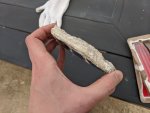
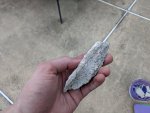

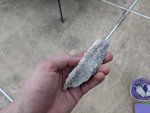
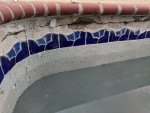
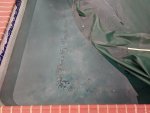
Last year I looked up a method of repairing cracks that used some kind of expanding goop that was injected via "ports" (holes drilled in the pool):
Question is: Is this a problem that could be done without spending thousands on a pro repair? We had someone come out last year and they quoted at *least* $6,000 to remove all the tile and start over. I'd rather slowly fill the thing in than spend that much money on a crack
Here's a couple of videos:
Thanks in advance!
-Dave











